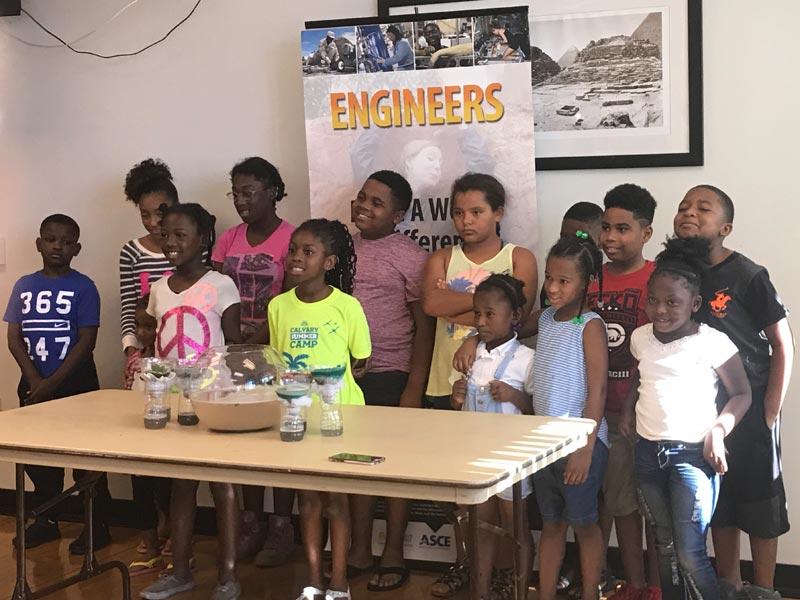Project BUILD (Building Using an Interactive Learning Design)
Description
This project will advance efforts of the Innovative Technology Experiences for Students and Teachers (ITEST) program to better understand and promote practices that increase students' motivations and capacities to pursue careers in fields of science, technology, engineering, or mathematics (STEM) by bringing together youth (grades 2-5), their families, librarians, and professional engineers in an informal environment centered on engaging youth with age-appropriate, technology-rich STEM learning experiences fundamental to the engineering design process. The overarching aim is to better understand how youth's learning preferences or dispositions relate to their STEM learning experiences. It also seeks to build community members' capacity to inspire and educate youth about STEM careers. The project team includes the Space Science Institute's (SSI) National Center for Interactive Learning (NCIL), the University of Virginia (UVA) and the American Society of Civil Engineers (ASCE). This team builds on the scope and reach of a prior NSF-funded project called the STAR Library Education Network (STAR_Net). As an extension of this prior work, Project BUILD will collaborate with 6 public libraries (3 urban and 3 rural) and their local ASCE Branches. Two libraries have been selected to serve as pilots: High Plains Public Library in Colorado and the African-American Research Library and Cultural Center in Florida. All partner libraries will develop a plan for recruiting participants from groups currently underrepresented in STEM professions.
Project BUILD's specific aims are to 1) Engage underserved audiences, 2) Build the capacity of participating librarians and ASCE volunteers, 3) Increase interest and engagement in STEM activities for youth in grades 2-5 and their families, and 4) Conduct a comprehensive education research project. Program components include the following: 1) Community Dialogue Events, 2) a Professional Development Program for partner librarians and ASCE volunteers, and 3) Development of a Technology-rich Programming Kit and Circulating STEM Kit program. Two research questions will be addressed: 1) What common factors might identify youth who engage in project activities and what factors might differentiate between youth who continue with program engagement and those who do not? and 2) What programmatic factors (i.e. design and composition of program activities, library recruitment, librarian engagement, professional engineer engagement, etc.) might influence youth's initial and continued engagement in project activities as well as youth's reported future career interests? An external evaluation will investigate the quality of the project's process as well as its impact and effectiveness. Benefits to the participating libraries' communities, library and engineering professionals, and the education community will be achieved through 1) Community Dialogue events; 2) Library and Librarian Outreach; 3) ASCE Outreach; and 4) Publication of Research and Evaluation results.
WEBSITES
Social Media
